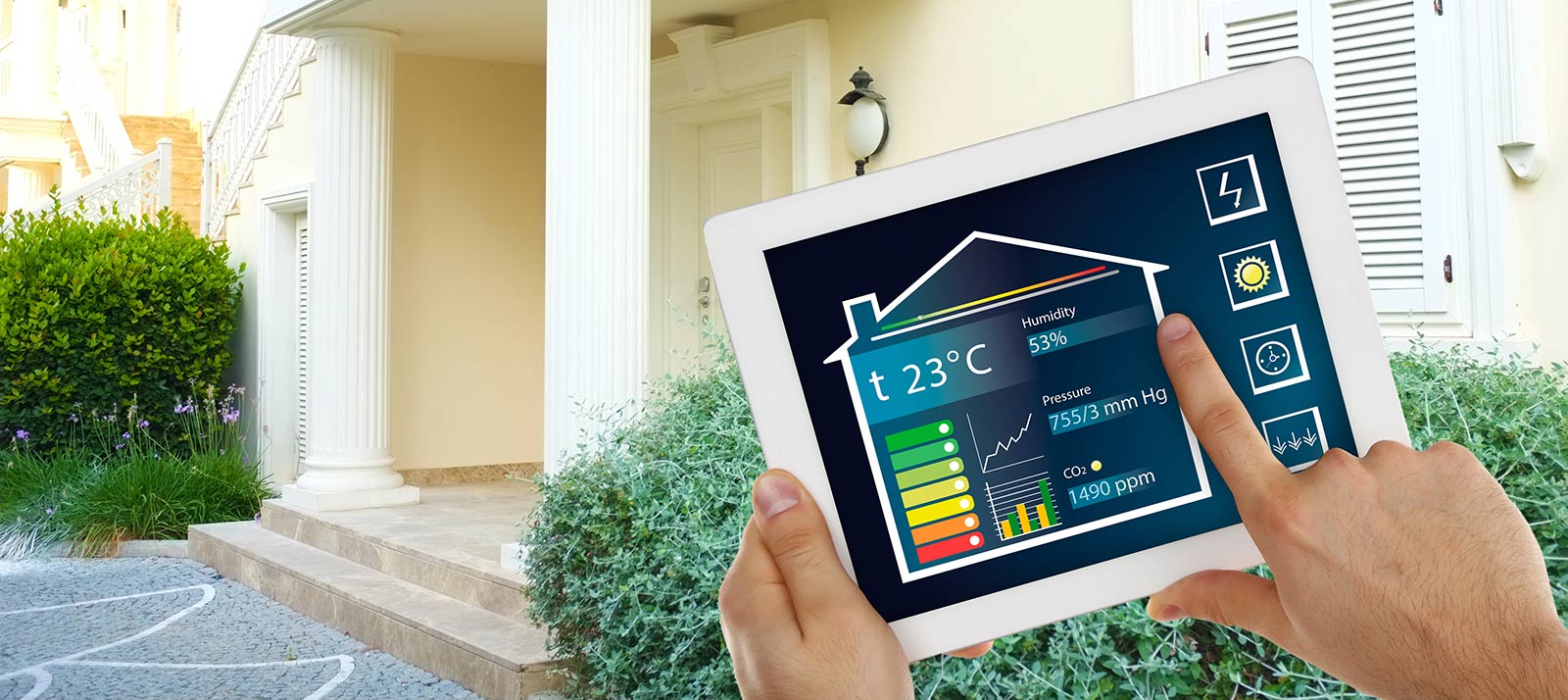
Many of us are concerned about the environment, but feel overwhelmed at the amount of advice out there about what we should do as homeowners. There are dozens of suggestions on how to go green at home. We’ve put together a list for you, ordered by the size of investment required…not just financial investment, but the time and effort it takes to accomplish and maintain these changes that lower your home’s impact on the planet.
You might be surprised at how much money you can save while you’re saving the earth!
Simple Environmental Changes
These are easy, fairly inexpensive changes, that are simple to do and take a small change in habit to maintain.
- Light bulbs. Switch out your incandescent bulbs to compact fluorescent (curly) or LED bulbs. LEDs are more expensive than the CF bulbs, but they last many times longer, so you might want to purchase LEDs for lights in hard-to-reach places such as high ceilings or outdoor lights, and use CF bulbs in reading lamps.
- Recycling. Thanks to the Columbus recycling program, it’s easy to use the big blue bins to recycle many household items. Then, simply roll out your bin on recycling day.
- Conservation calendar. Use your calendar to help you conserve energy. Place reminders in your calendar to vacuum your refrigerator coils twice a year, to replace furnace filters and car air filters every 3 months, check tire pressure monthly, and to change the settings on your programmable thermostat when the seasons change. When yor learn about other seasonal or periodic changes you can make to save energy, add them to the calendar!
- Turn it off. From computers or monitors, to household lights, consider flipping the switch when not in use. You can see the energy savings and the financial savings on your energy bill from the very first month.
- Subscription switch. Consider changing from paper subscriptions to magazines and newspapers to online subscriptions. It adds convenience and saves paper.
- Use e-tickets. If you can order tickets online, from plane tickets to movie tickets, use the electronic version where possible.
- Cups. Use your own travel mug at the coffee shop or drive-through. Most places are happy to accommodate you, and some even offer a discount!
- Bags. Use washable bags from home at the grocery store. Plastic bags create a large portion of the waste stream these days, and often escape to litter the environment. If carrying raw meat in reusable bags makes you uncomfortable, use the washable ones for everything else and ask the cashier for plastic for the meat. Consider switching to compostable versions of pet waste bags, too.
- Turn the tap. Turn off the water while brushing your teeth, drying that dish, or while moving that pot. Instead of letting it run, take a second to turn it off. You can save over $100 a year on your water bill if your whole family does the same.
- Cozy. Wrap your water heater in a special insulating blanket to conserve heat.
- Filters. Use a pitcher or faucet-mounted water filter and use washable, reusable containers for your water instead of buying bottled water. Even reducing your bottled water use in half can save money and plastic.
Moderate Environmental Changes
These changes require a moderate investment of money or time, but can produce bigger savings of energy and money over the long run. Some of these items may be a small initial investment or time or money, but take consistent follow-up to maintain.
- Rechargeable batteries. The initial purchase of the charger and enough batteries to power your devices (AND have a few charged ones waiting) can be done a little at a time. Purchasing a charger that can handle multiple sizes of battery is smart, then purchase a few new rechargeable batteries every time you need to put new batteries in a device. Eventually, keeping a few replacements charged and ready becomes second nature and you’re no longer having to buy replacements of any kind for years at a time.
- Programmable thermostat. This gadget can help you save on your energy bills in comfort. Set your thermostat to keep your home comfortable while you are home, and to save energy while you are at work. Many now can be adjusted or programmed from your smart phone!
- Power strips. While inexpensive, it can take some thought and a consistent effort to use power strips to save energy. Plug items you rarely use into power strips, then simply turn the switch off when these items are unneeded. The tv, clock, and docking station in your guest room may use a trickle of electricity year-round, and only be used for a few days at a time. Switching these items off at the source until needed can save money on your electric bill, but you have to be willing to re-set the clock and even move furniture around to place the devices together on the power strip.
- Timers. Simple kitchen timers in the bathroom to remind the kids to limit their showers, to timer switches on fans and lights that your family just can’t remember to turn off. Timers and timer switches are simple to use/install and cheap fixes to energy drains that can add up over time.
- Consider carpooling. It’s a major pain to coordinate schedules with a co-worker, and to manage time based on two commuters, but the financial, mileage, and fuel savings are significant, and you might find that sharing the drive is more enjoyable than the usual solo commute.
- Composting. It’s a big commitment of time and effort to make composting a habit, but if you have a vegetable or flower garden, the compost itself is valuable as plant-food, and the impact on local landfills is significant.
- Paper to cloth. From cleaning to napkins, switching from paper to cloth can save water, money, and trees.
- Plastic to fiber. Whether it’s a dog leash, a belt, or clothing, consider replacing plastic/nylon/polyester items with natural fibers. No need to discard useful items, but as they wear out, make the commitment to buying green replacements.
- Sun dry. Consider using a clothes line or drying rack when the weather permits. While inexpensive, it IS more human labor. Clothes, sheets, and towels will smell fresh and last longer, too.
Advanced Environmental Changes
These are expensive changes, in terms of time or money, that require a real commitment from homeowners. Consider these when you have to make a big choice or change, such as replacing an old roof or doing a construction project. It’s easier to make green choices when it’s part of an existing project.
- Solar. Whether you are interested in installing solar panels, or look into solar roofing or driveway materials, there are a ton of new options being offered, and more in development. When you make a change to your home’s exterior, consider generating renewable energy, too!
- Insulation. When you have remodelling or other work done on your home, consider having your contractor evaluate your insulation and improving your home’s energy efficiency while you add value to your home. The energy and financial savings can be significant.
- Home automation. Sometimes seen as a convenience, home automation systems can also be energy savers, as they let you turn out lights, adjust the thermostat, and close garage doors from your smart phone. They can be pricey, and take time to learn to use their features, but they offer a great deal of convenience and the potential for significant energy savings over time.
- Energy star appliances. When you replace a large appliance, pay attention to the energy rating. It may be worth spending more or searching a little longer for the right appliance to save you energy over the life of the gadget. Some of our neighbors report lowering their electric bill by $10/month or more after replacing an older refrigerator! And AEP often offers a rebate for recycling your old refrigerator.
- Fuel efficient cars. Consider choosing a car with good mileage to save fuel and money over the life of the car. Even if you dislike hybrids, there are more efficient versions of every type of car on the market.
We hope this list has given you an opportunity to lessen the environmental advice overwhelm and maybe even motivate you to create a plan to go green at home!





